Introduction to Selecting a Chess Set for Kids
Choosing the perfect chess set for kids is a meaningful decision that can influence their enjoyment and development in the game. Chess is not only a fun and engaging pastime but also an educational tool that helps in improving critical thinking, problem-solving skills, and concentration. Whether you are a parent, educator, or chess enthusiast, finding the right chess set for a child is about balancing durability, appeal, and educational value.
Considerations for Choosing a Chess Set for Kids
1. Material of the Chess Set
The material of the chess pieces and board plays a crucial role in the durability and safety of the set. Common materials include wood, plastic, and silicone. Wood offers a classic look and durability but can be heavy and expensive. Plastic is lightweight, affordable, and easy to clean, making it ideal for younger children. Silicone chess sets are flexible, unbreakable, and safe, increasingly popular for kids who are prone to throwing or dropping pieces.
2. Size and Weight of Pieces
The size of the chess pieces is important, especially for younger children. Pieces that are too small may pose a choking hazard, while pieces that are too large can be cumbersome to move. Ideally, the pieces should fit comfortably in a child's hand. Additionally, consider the weight of the pieces; heavier pieces might be harder for younger children to handle but can provide stability and prevent the set from being easily knocked over.
3. The Design of the Chess Set
Children are more likely to engage with a chess set that catches their eye. Themed chess sets featuring characters from popular movies, cartoons, or colorful abstract designs can make the game more accessible and fun. However, ensure that the design does not compromise the integrity of the game - each piece should be easily recognizable to prevent confusion during play.
4. Safety
Safety is a paramount concern when selecting any toy for children. Avoid chess sets with small detachable parts or sharp edges. Materials should be non-toxic and meet standard regulatory requirements. If opting for a folding chess board, ensure that the hinges are secure and won't pinch little fingers.
5. Portability and Storage
If the chess set will be used in multiple locations, such as at home, at school, or in tournament play, consider its portability. Lightweight materials and a carrying case can make transport easier. Some sets come with a foldable board or a roll-up mat that is space-efficient. Also, consider how the pieces will be stored to avoid losing them. Sets with storage boxes or bags can keep everything organized and secure.
Types of Chess Sets Suitable for Kids
1. Beginner Chess Sets
For kids just starting out, a beginner chess set is often the best option. These sets might include features like illustrated pieces with symbols indicating how the pieces move, or a book or leaflet explaining the rules and basic strategies. Some even come with a teaching guide or access to interactive online learning tools.
2. Tournament Chess Sets
As children advance, they might require a tournament-ready set. These are generally made to standard specifications with a roll-up vinyl or silicone board and weighted plastic pieces. This type of set is practical for both practice and competition.
3. Themed Chess Sets
Themed chess sets can make exciting gifts and help in maintaining a child’s interest in the game. From fantasy creatures and historical figures to favorite superheroes, themed chess sets can turn each game into a lively and imaginative affair.
Additional Tips for Engaging Kids with Chess
1. Chess Learning Apps and Software
Incorporate technology by utilizing chess apps and software designed specifically for children. These tools often have interactive games and puzzles that make learning easier and more fun.
2. Join a Chess Club
Joining a chess club can provide social and competitive opportunities for children. It can enhance their playing skills while allowing them to make friends who share similar interests.
3. Setting Up a Regular Game Time
Establishing a routine game time at home can reinforce skills and make chess an expected and enjoyed activity. It's also a great way for families to spend quality time together.
Conclusion
Choosing the right chess set for a child involves considering the material, size, design, and safety of the set. Ensuring that the set appeals to the child visually and functionally will help keep them engaged and eager to learn. By selecting an appropriate chess set and encouraging regular practice and learning, parents and educators can significantly contribute to a child's cognitive and social development through this ancient game of strategy.


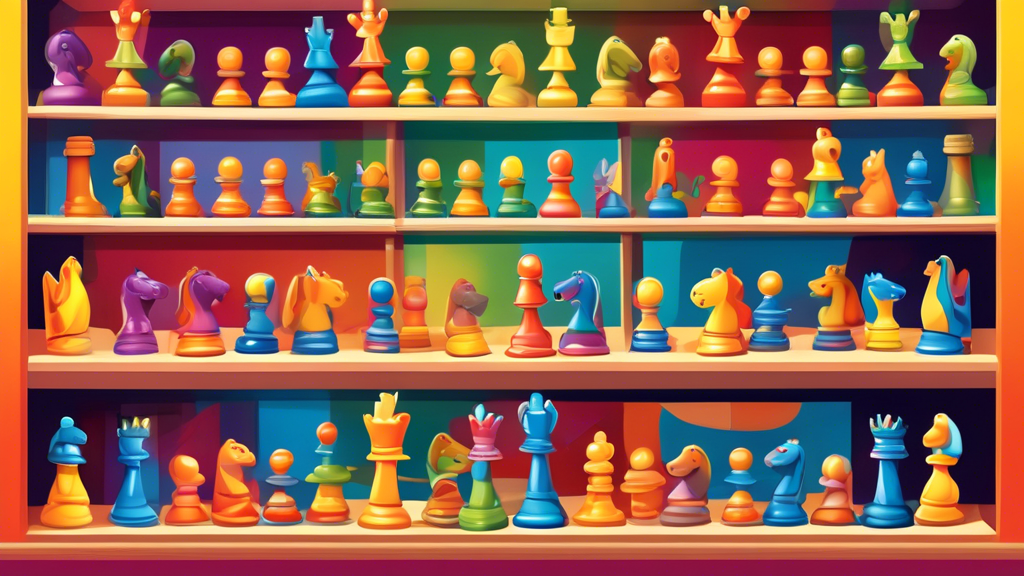
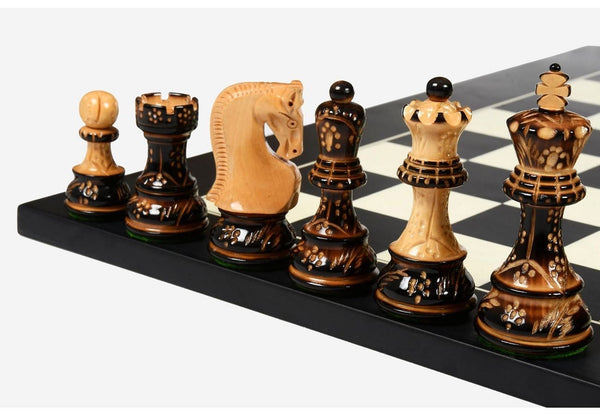
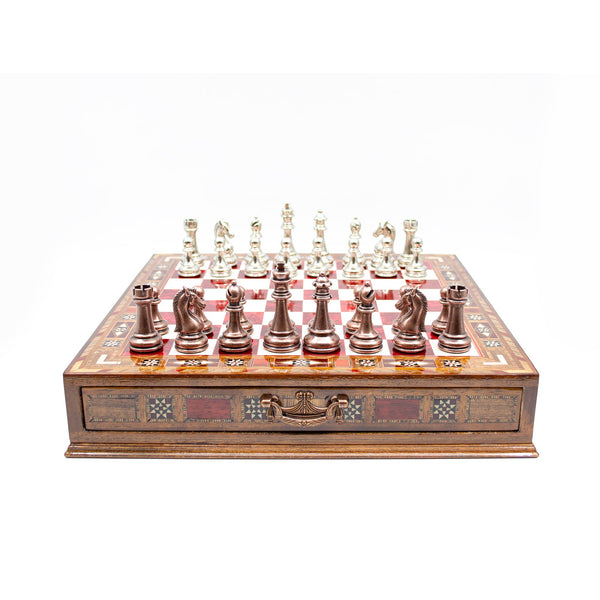
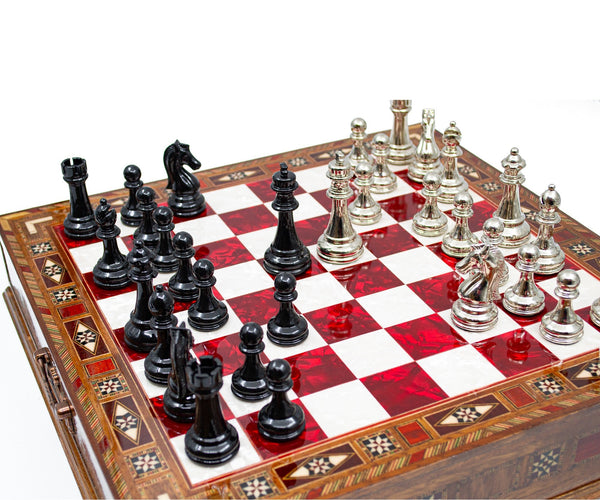
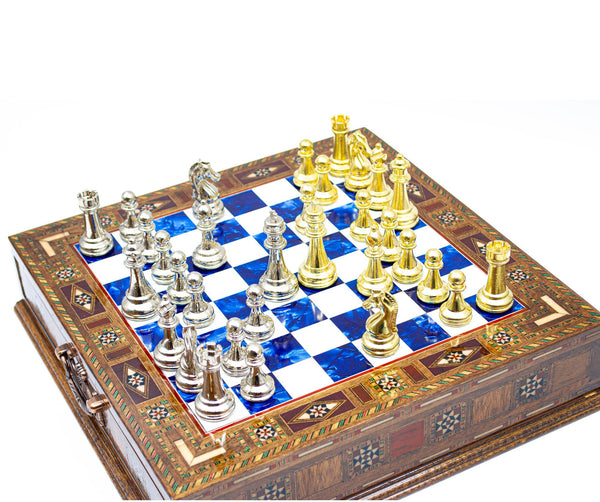
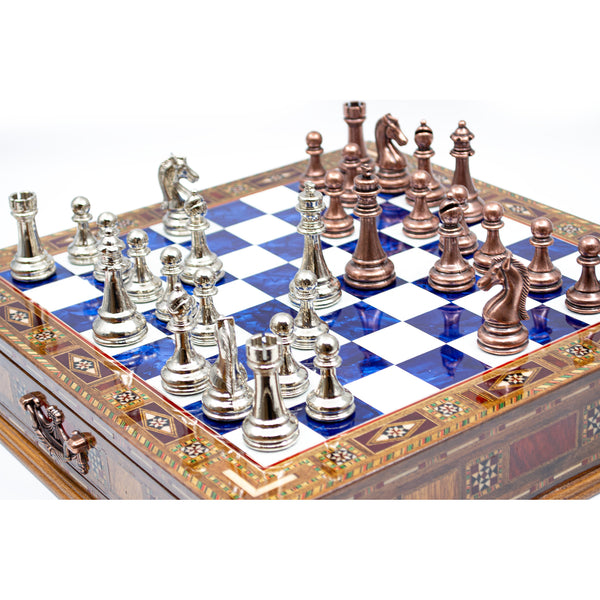
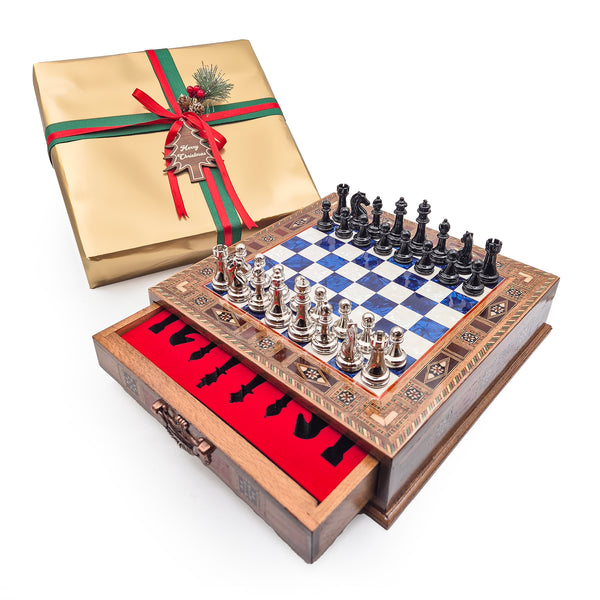







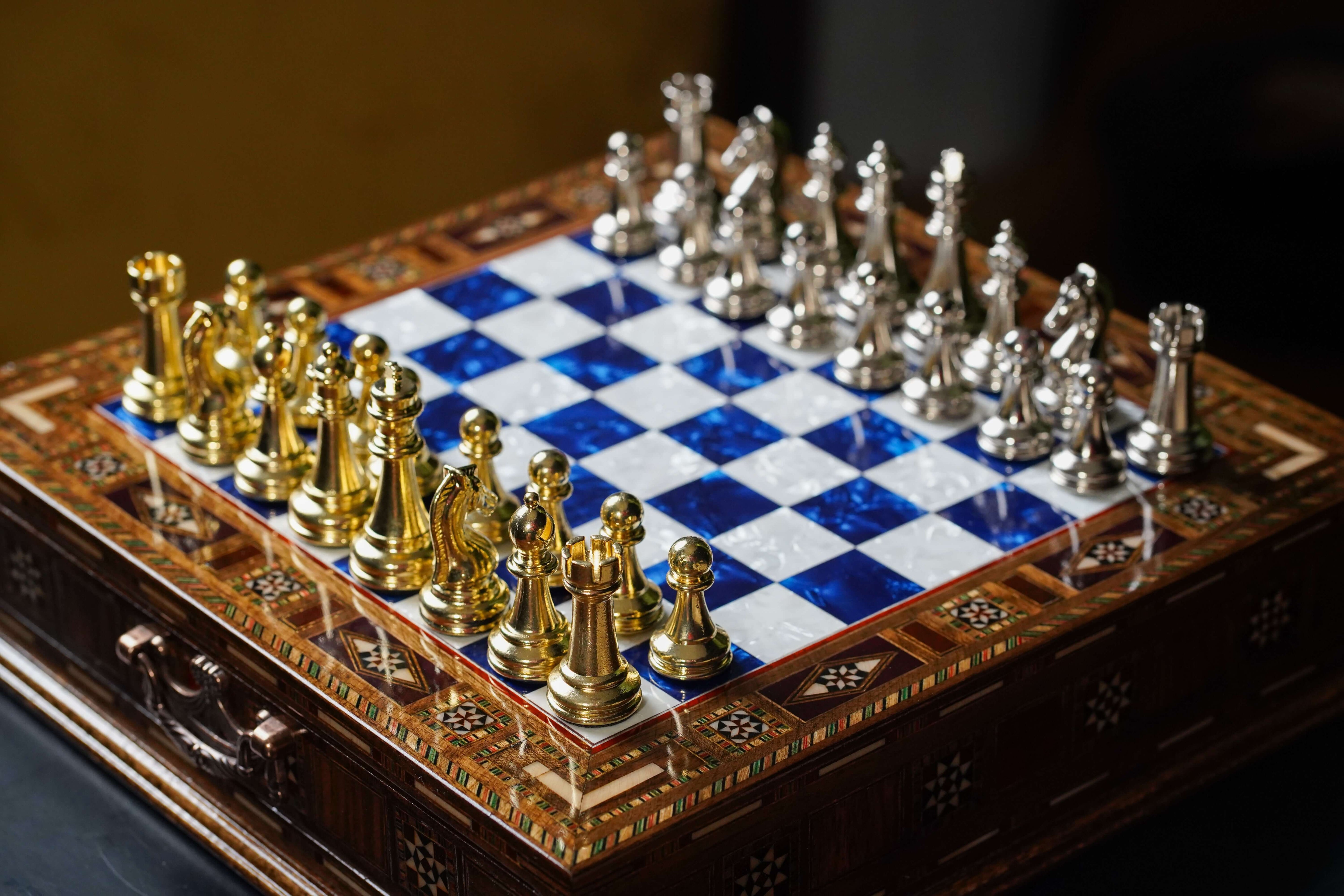
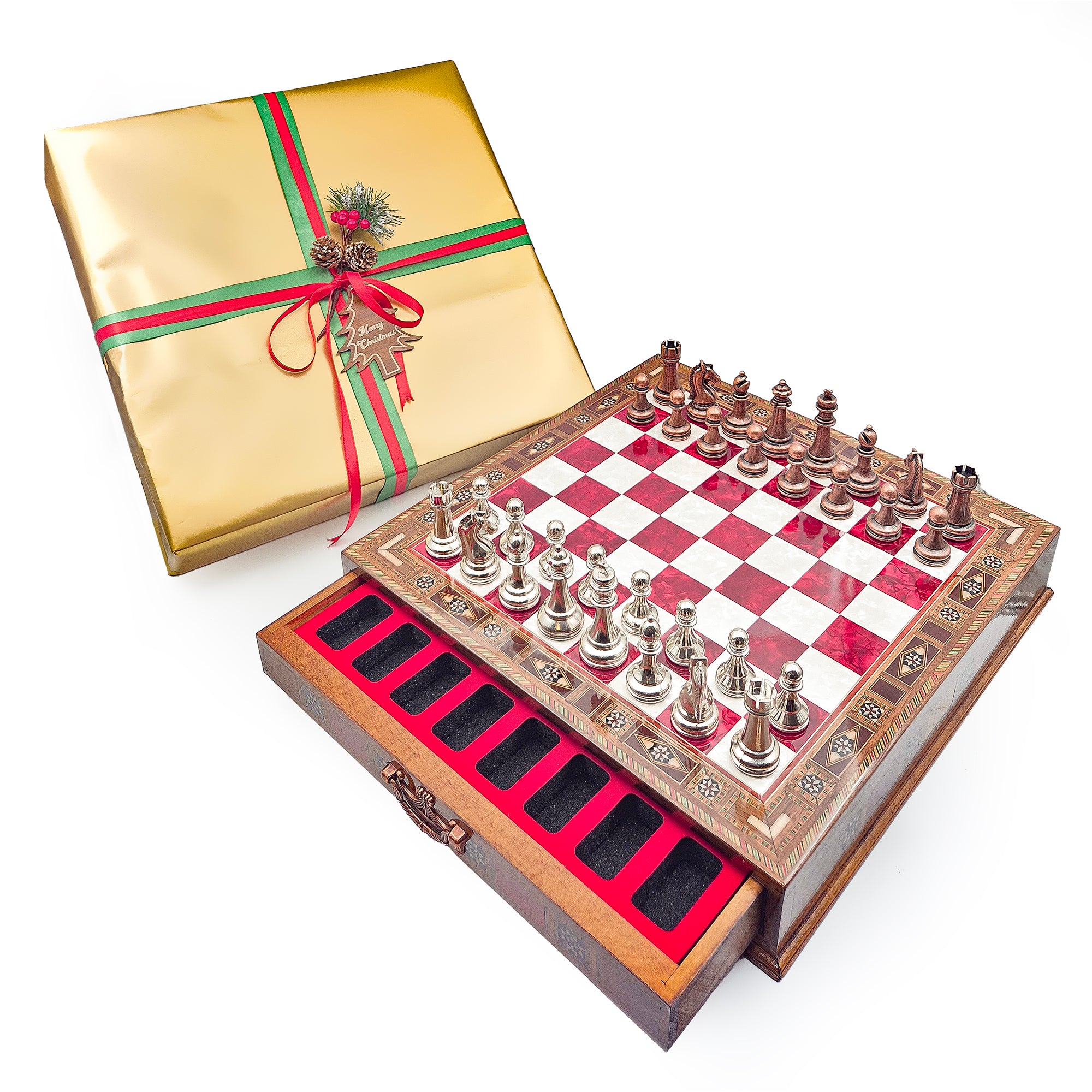
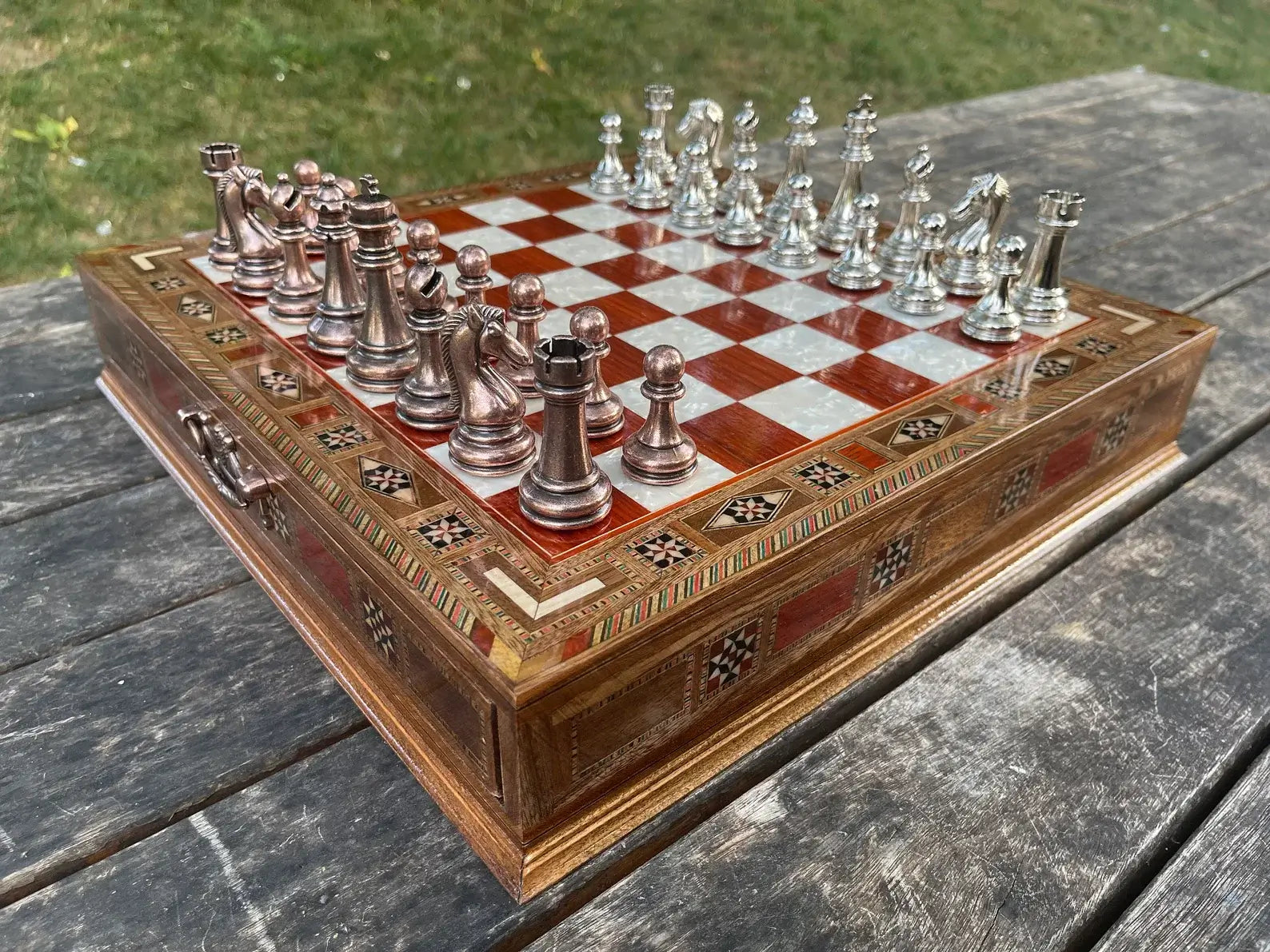
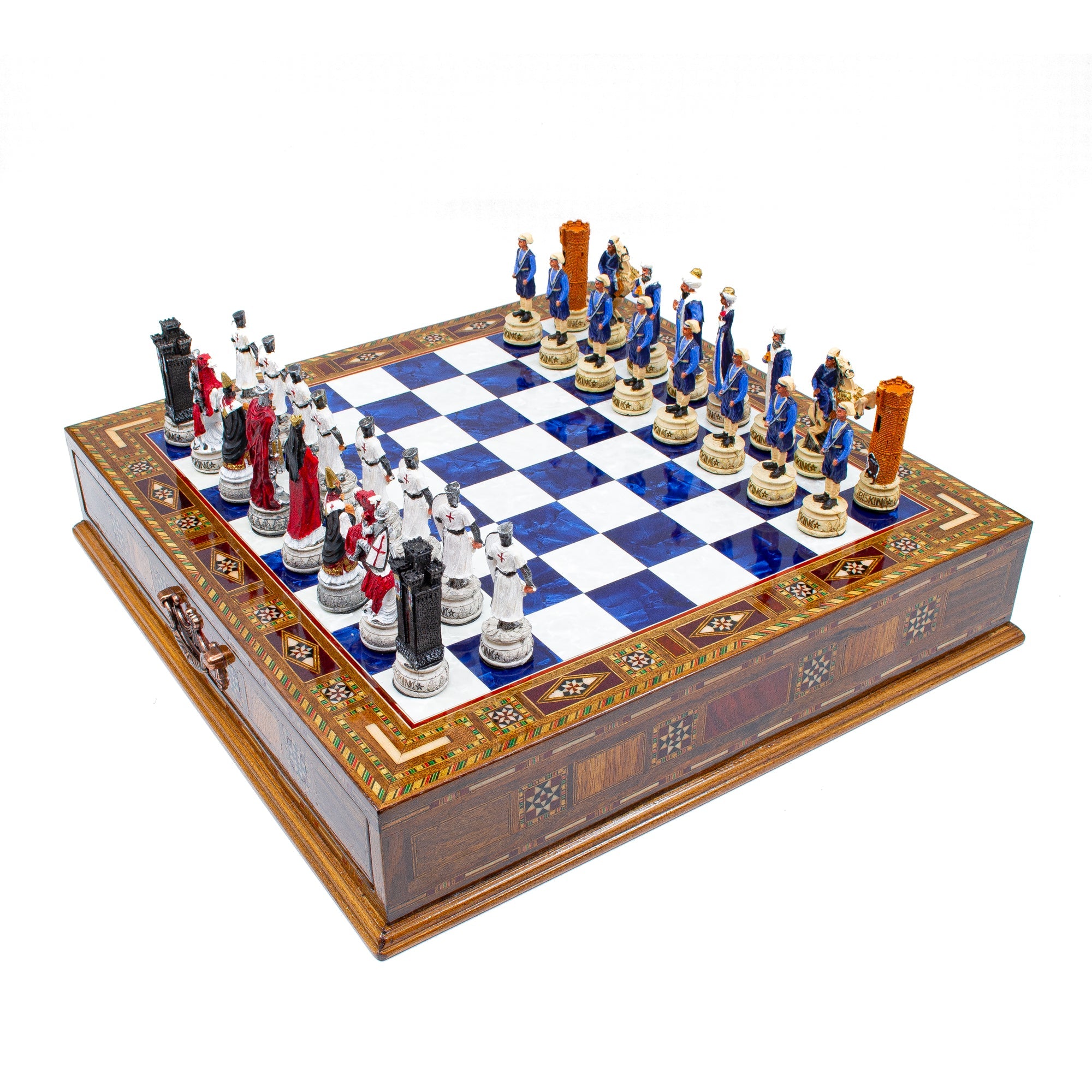
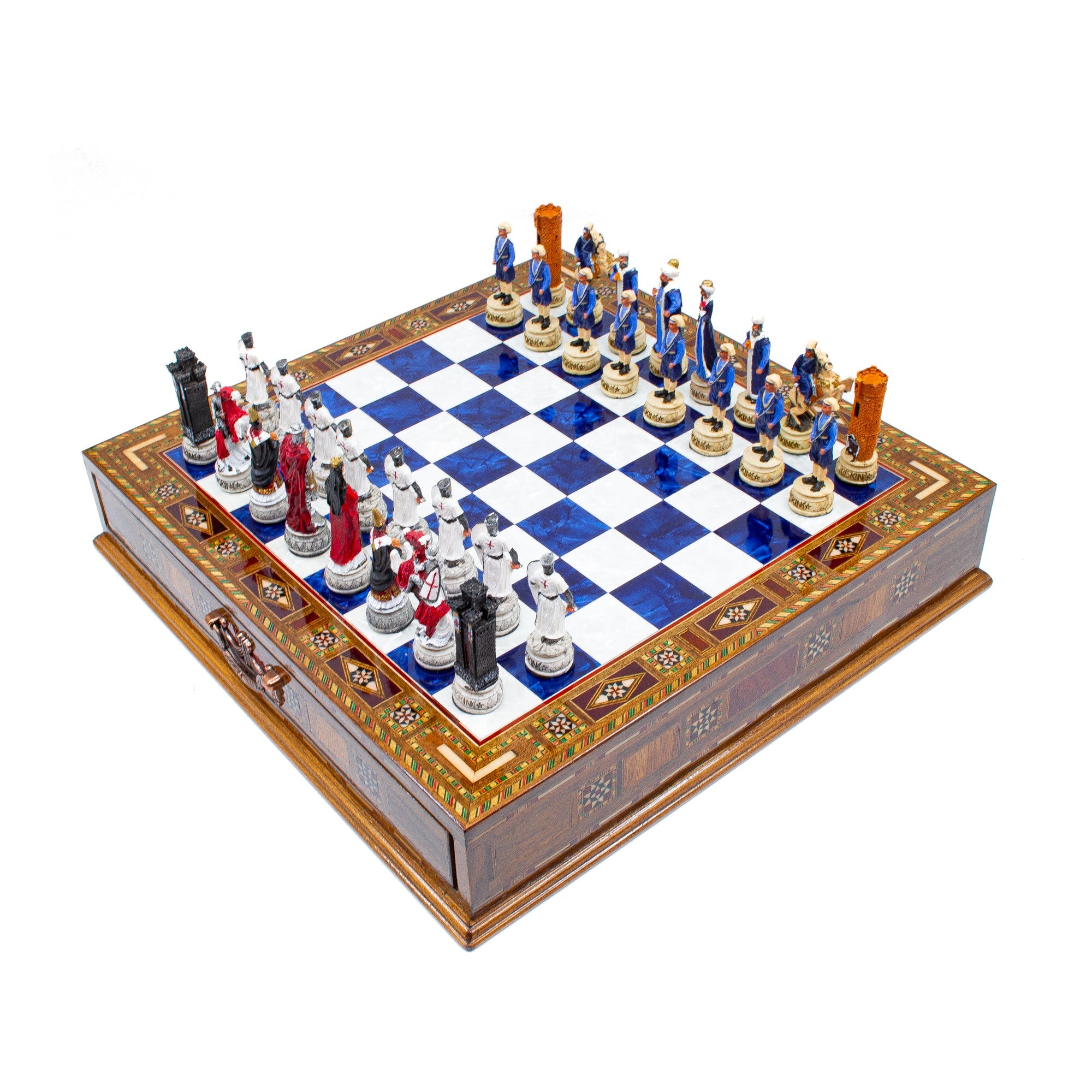
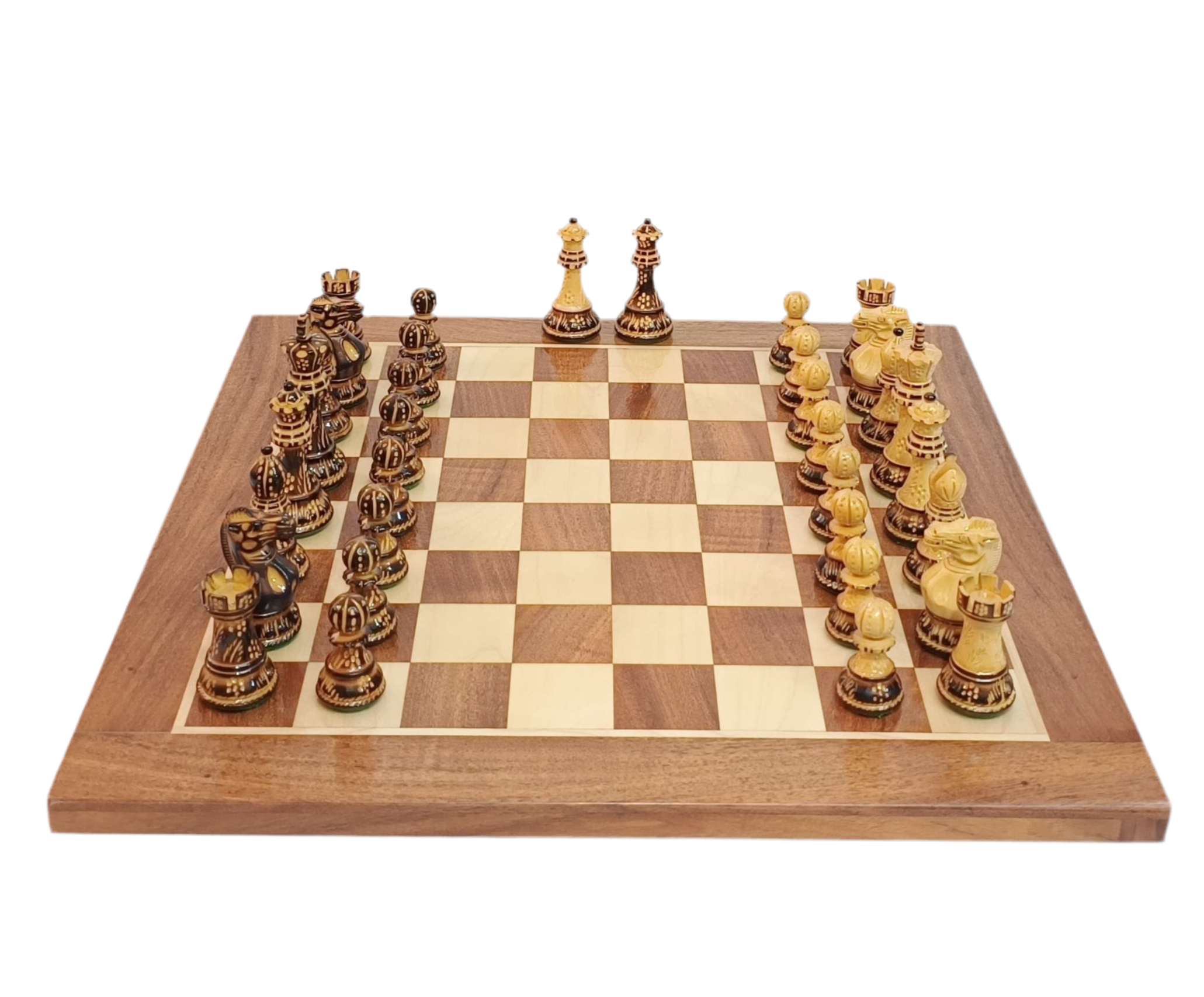
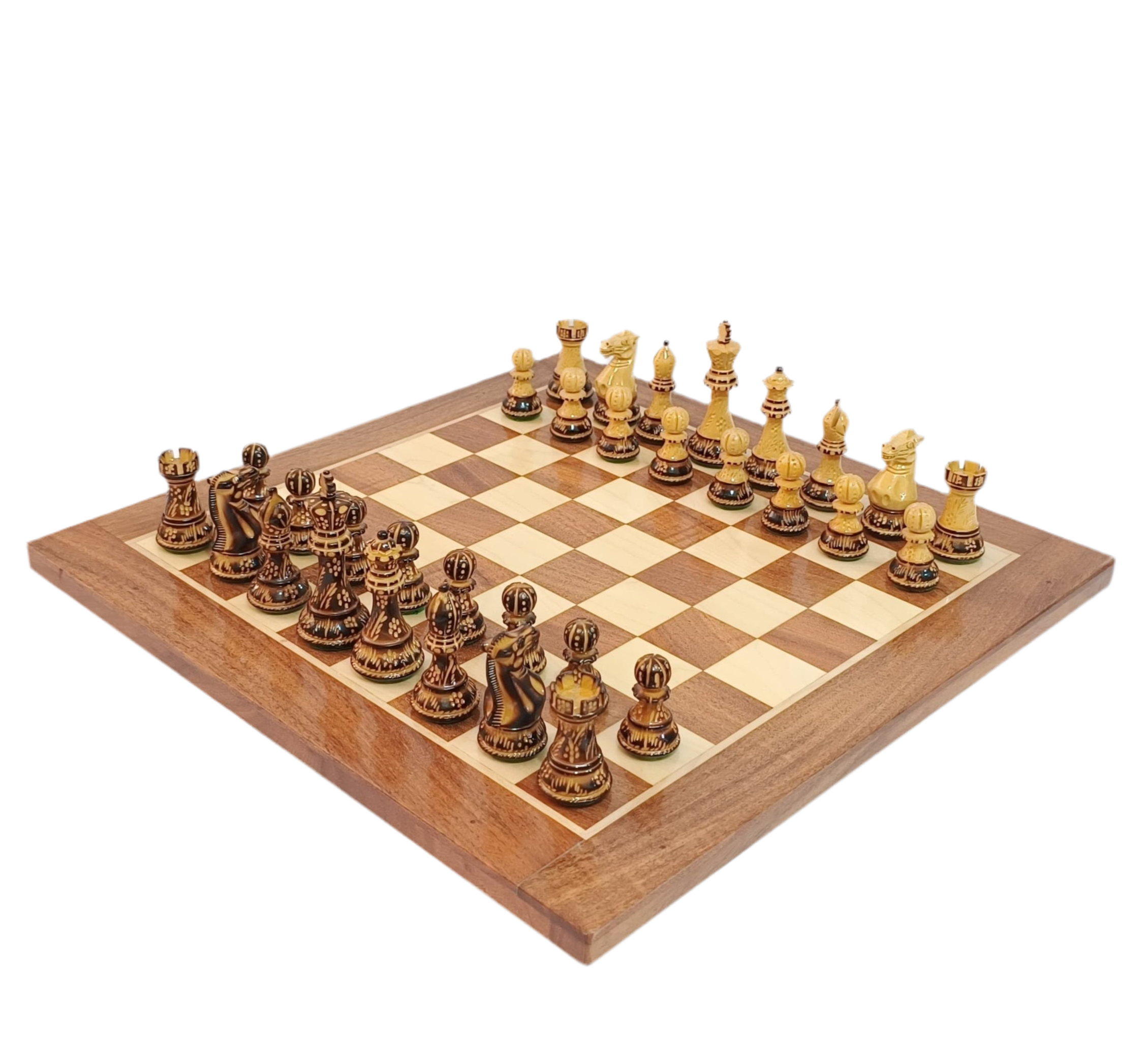
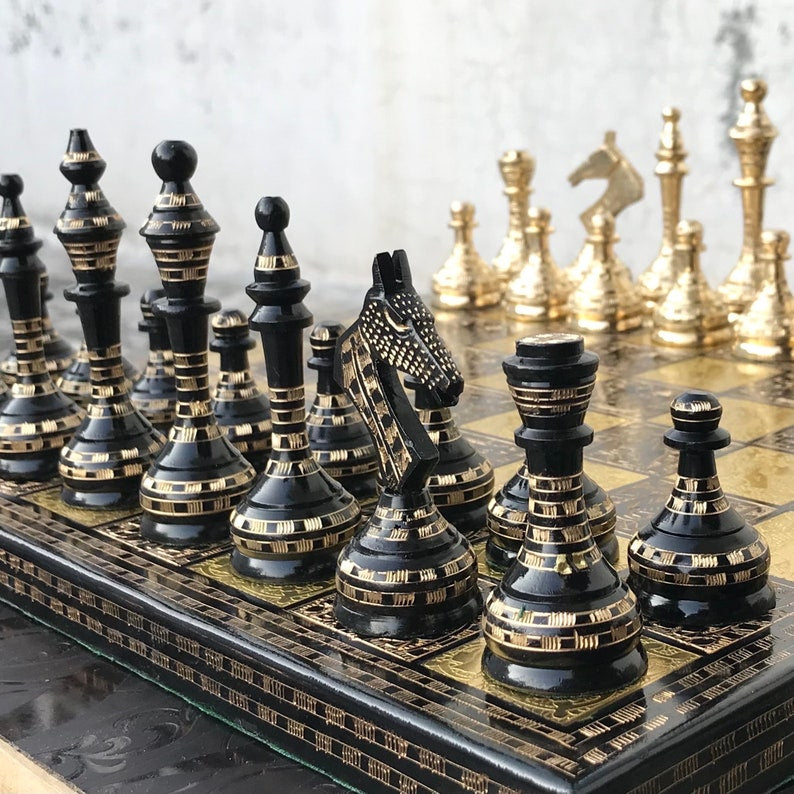
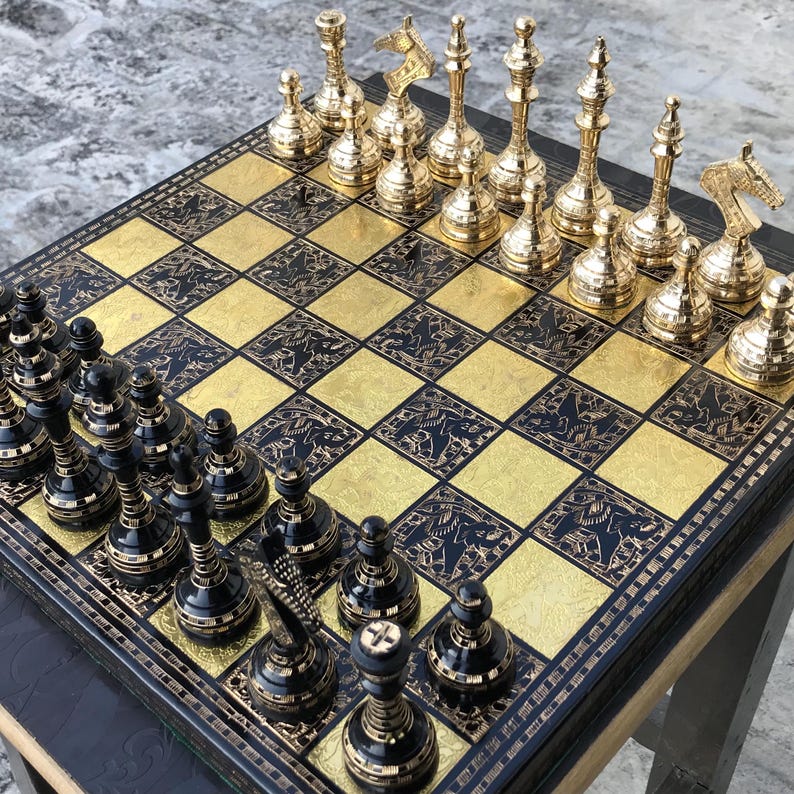
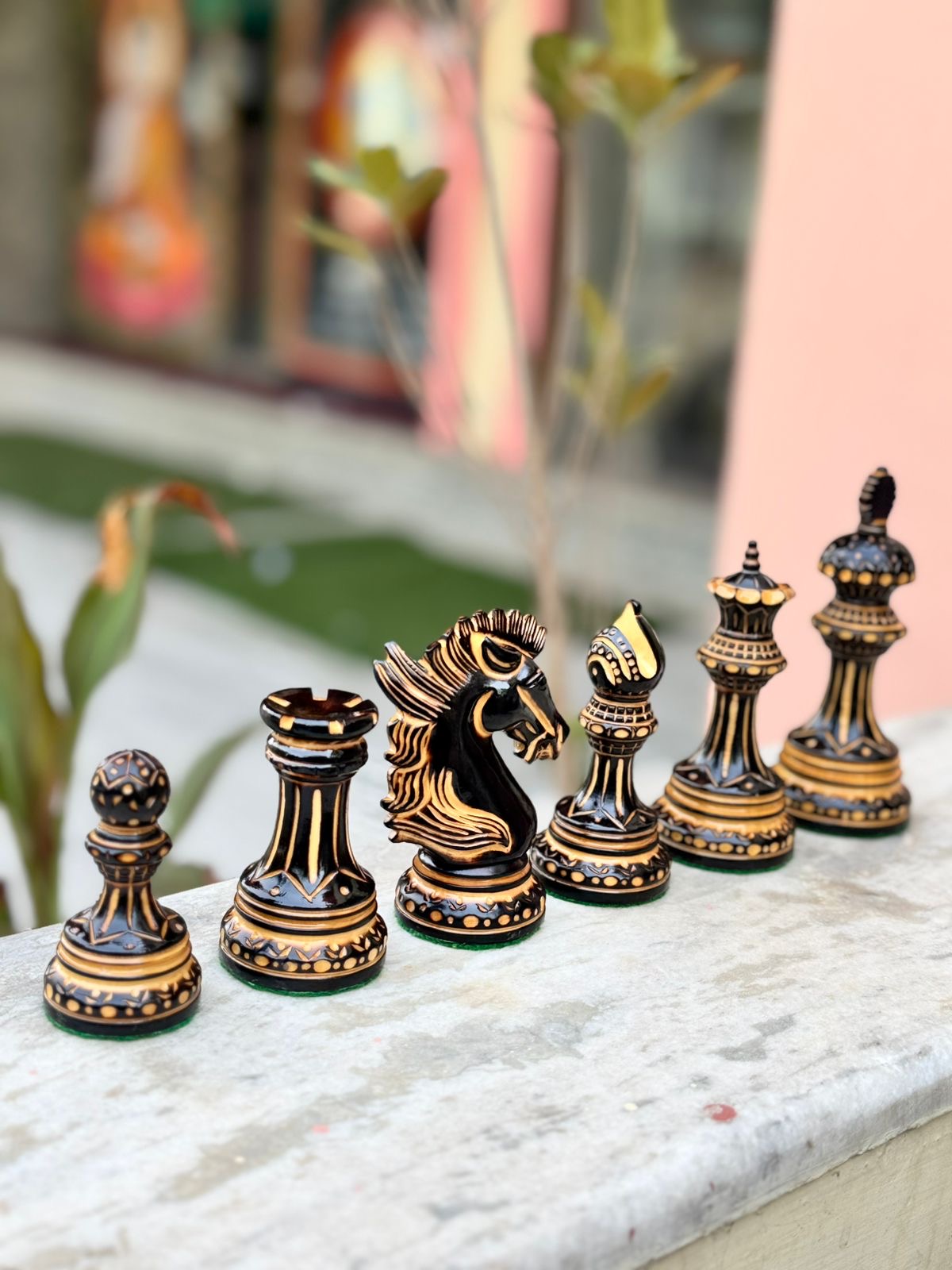

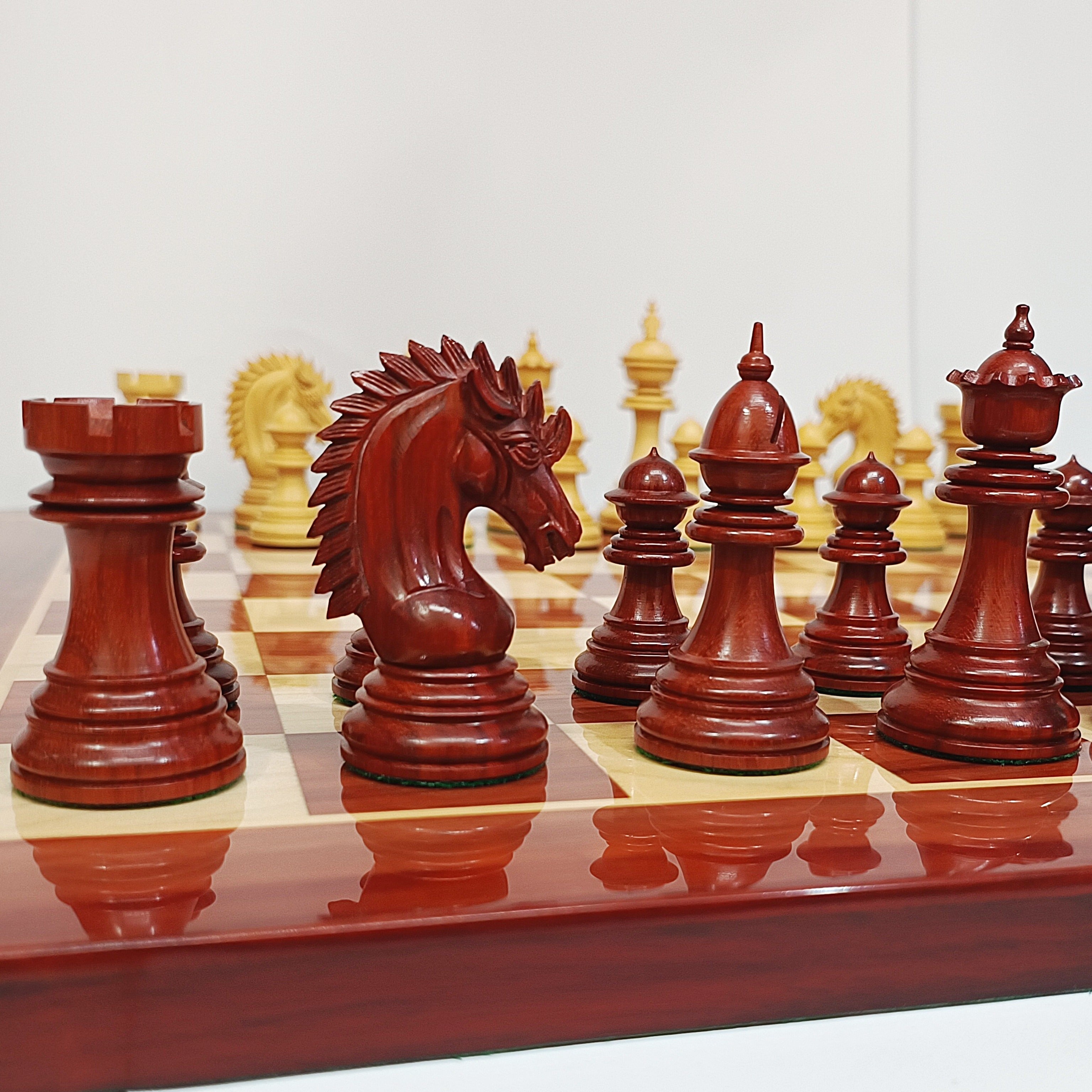
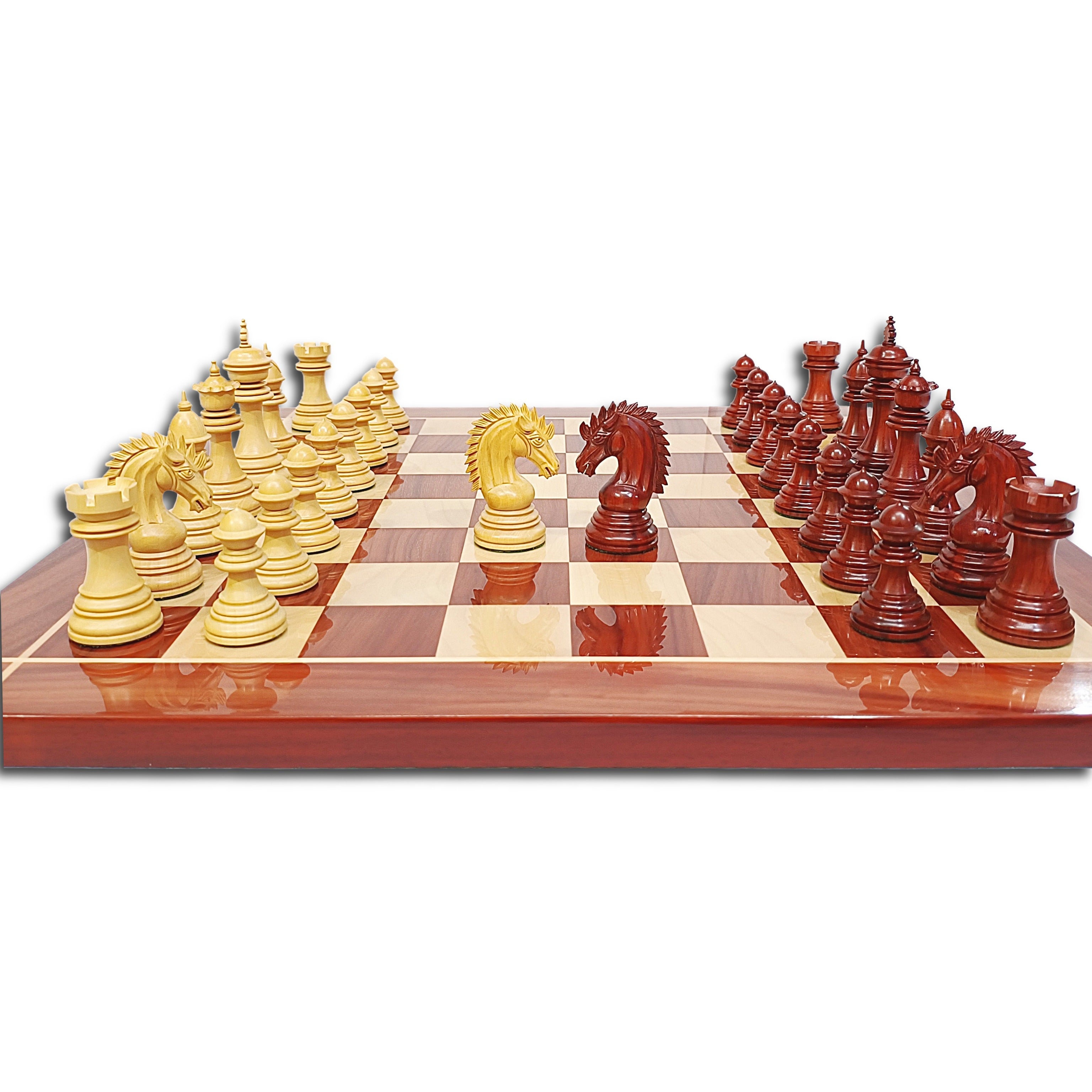

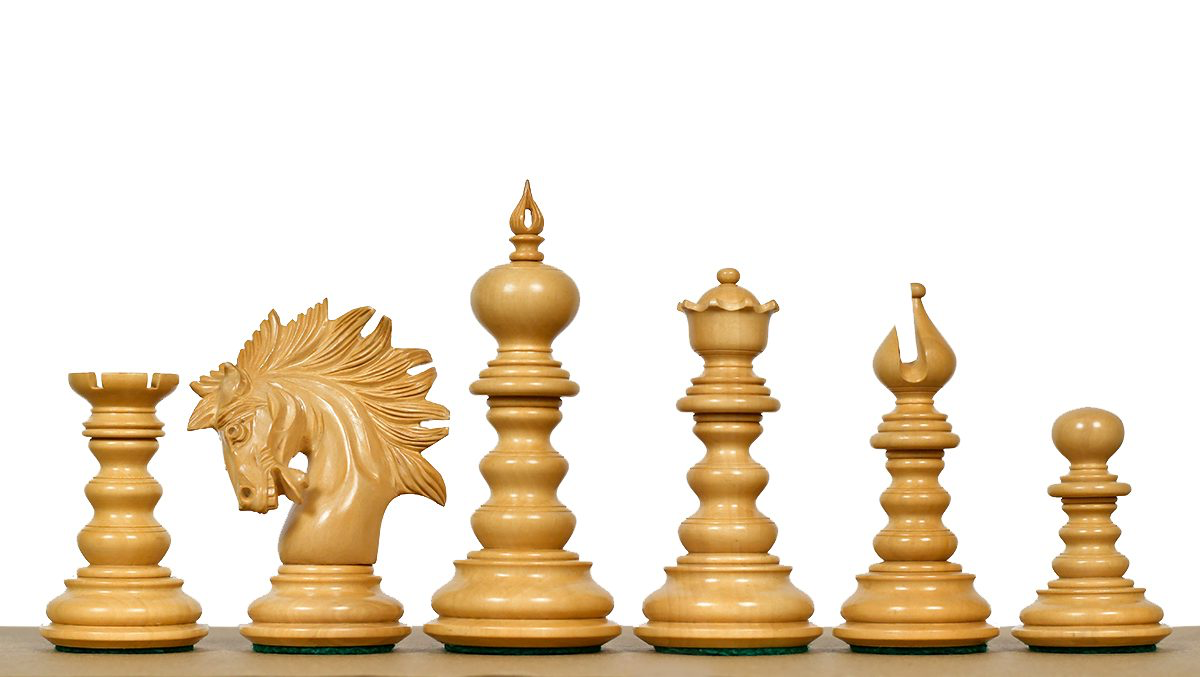
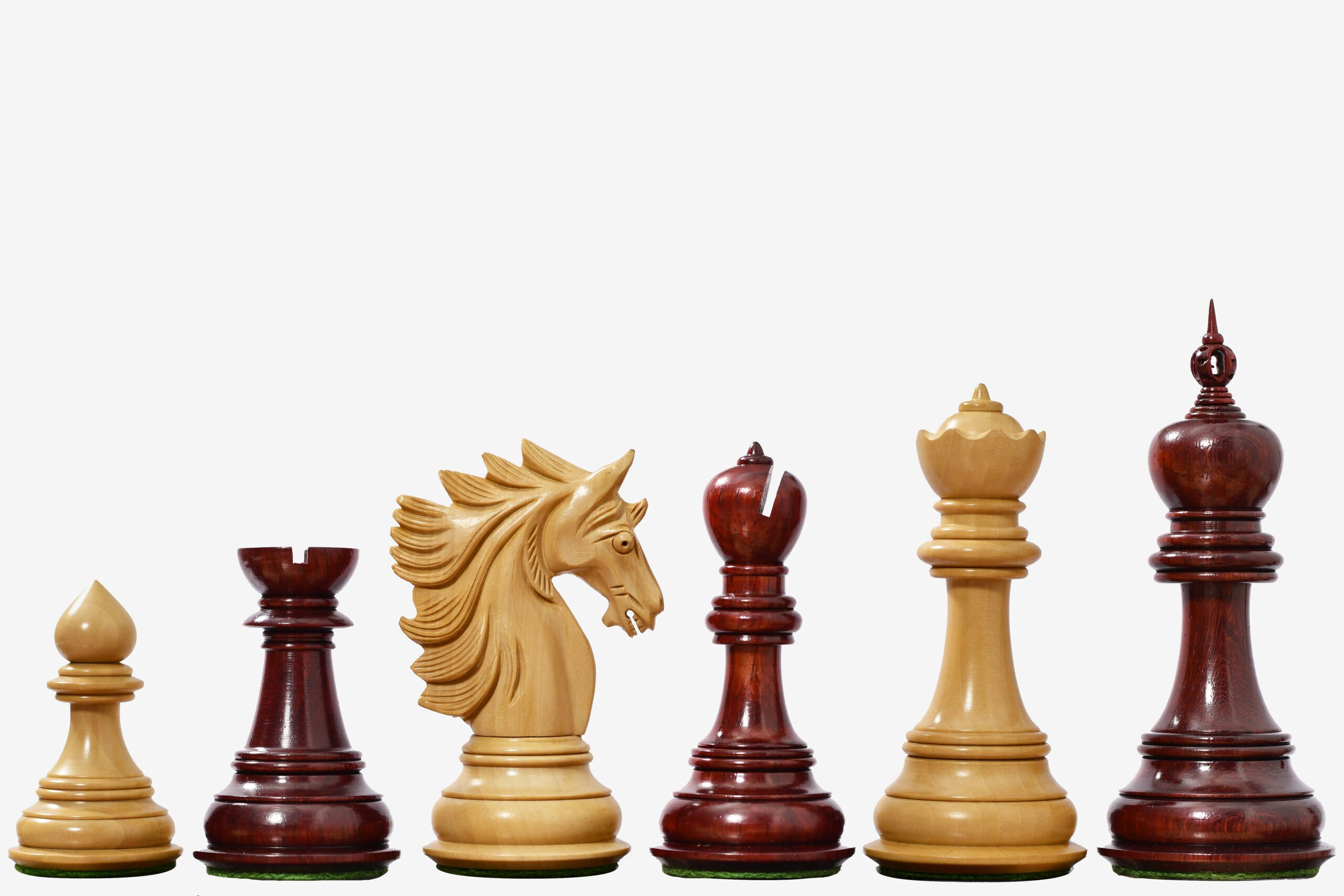
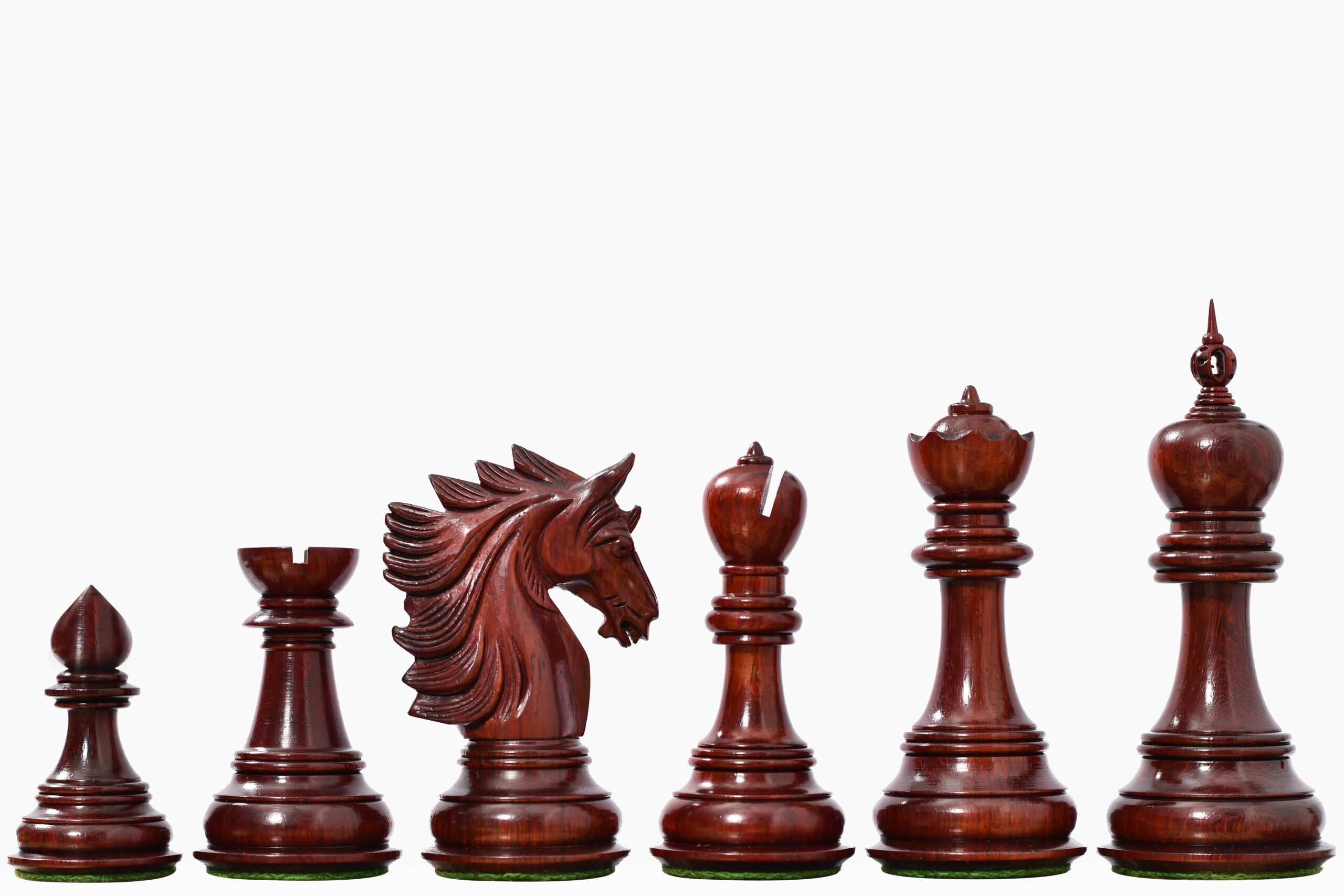
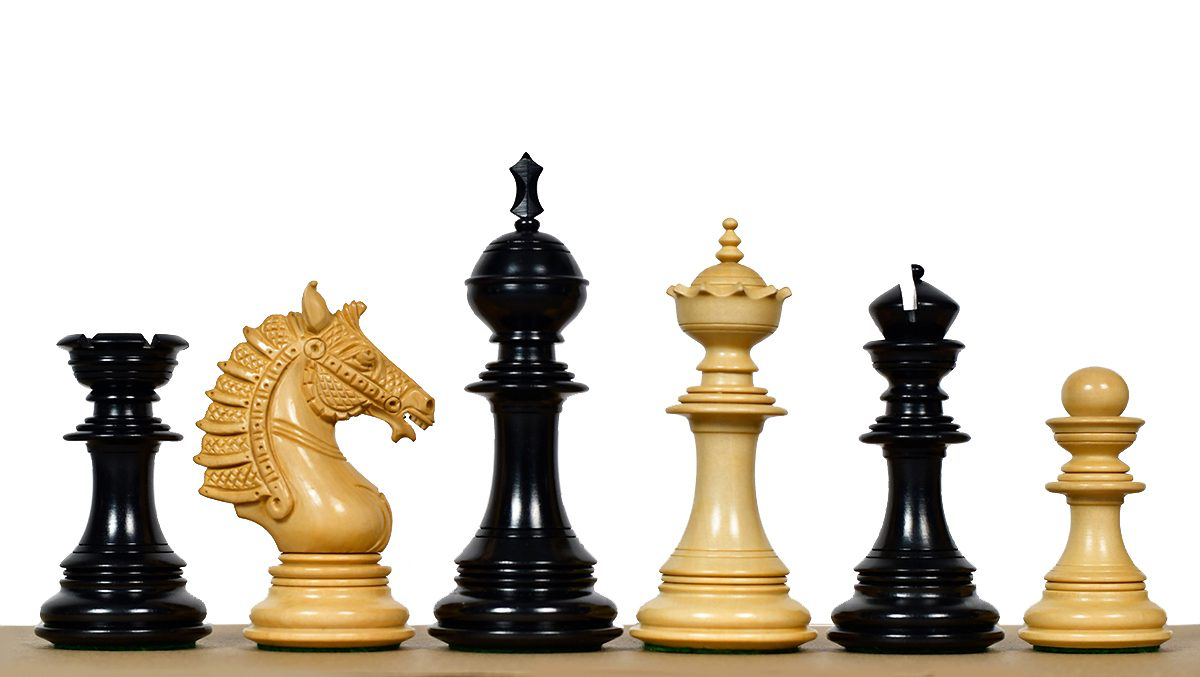
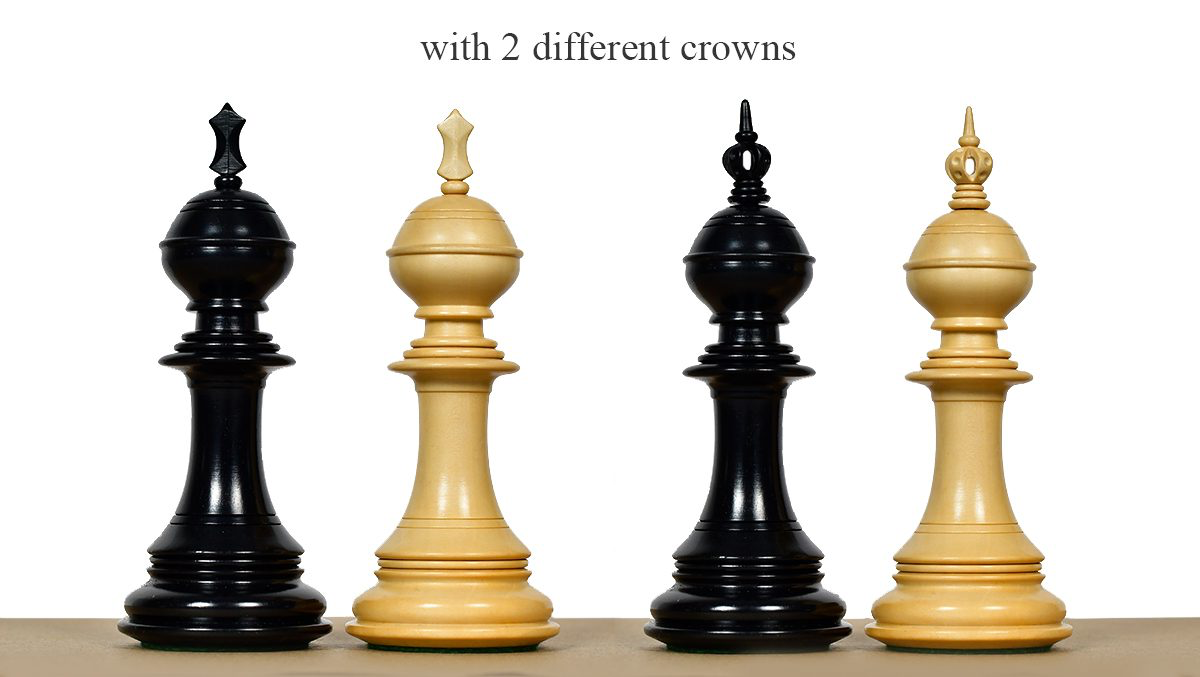
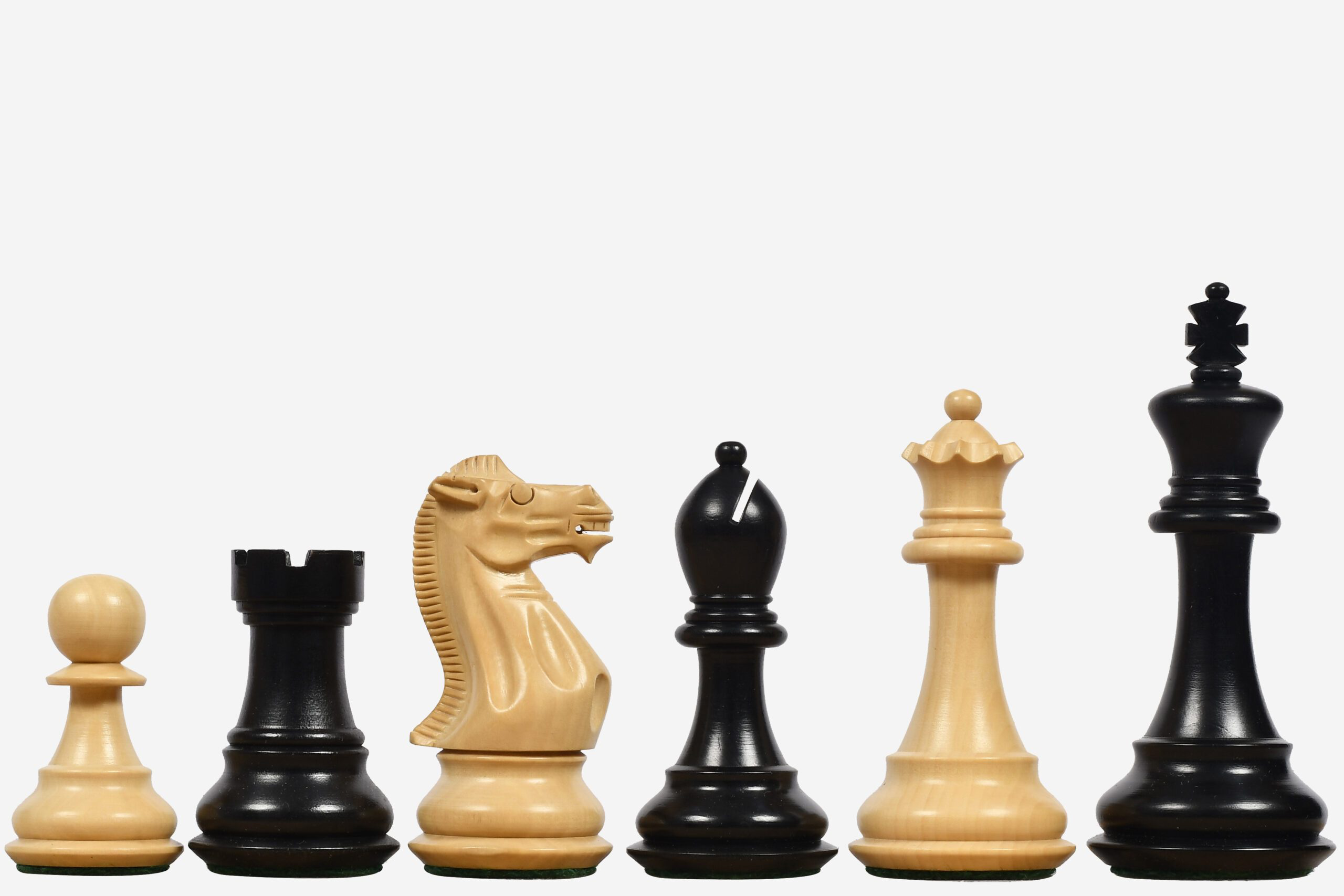
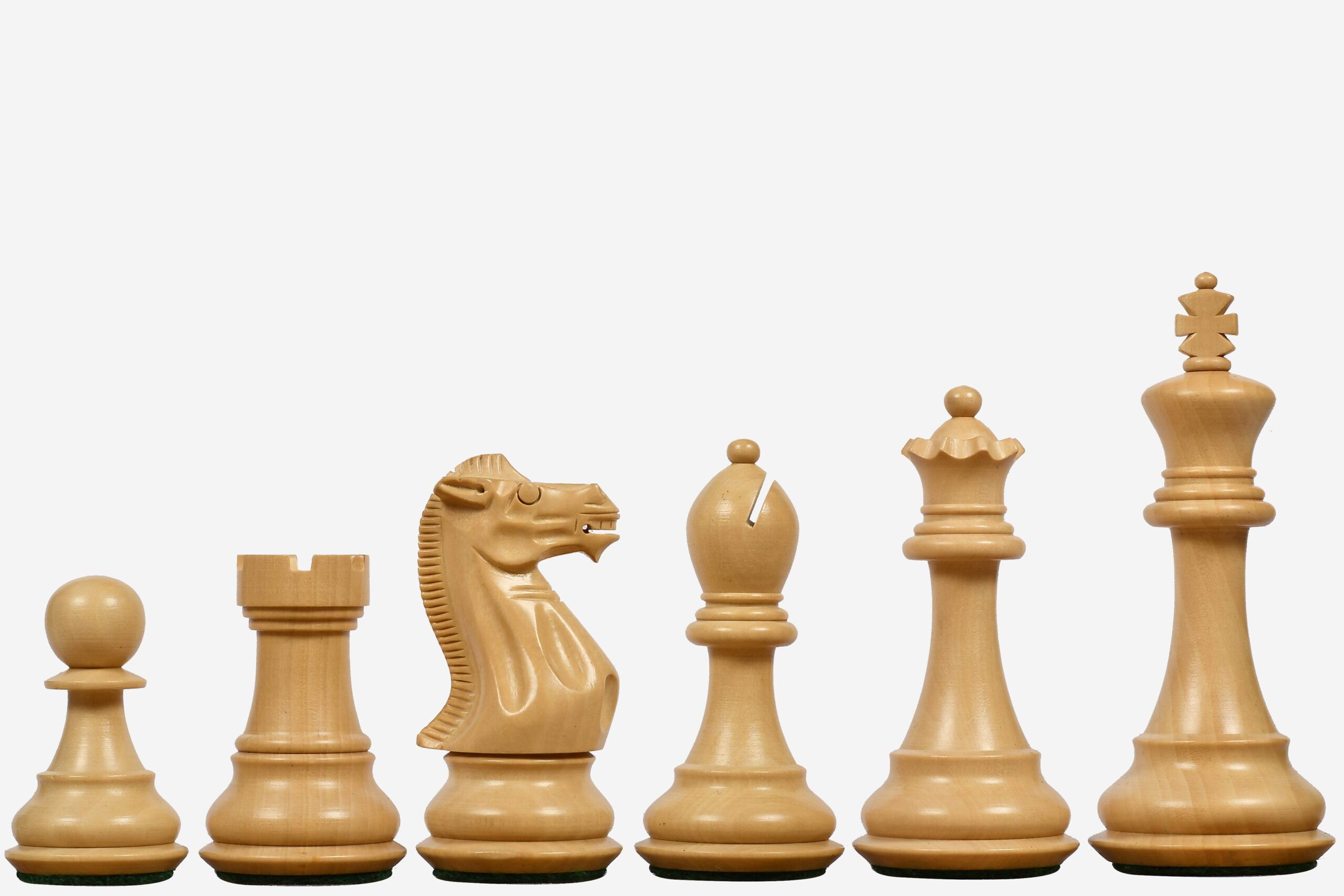
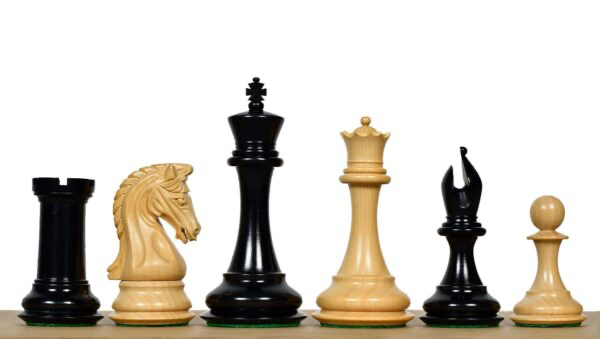
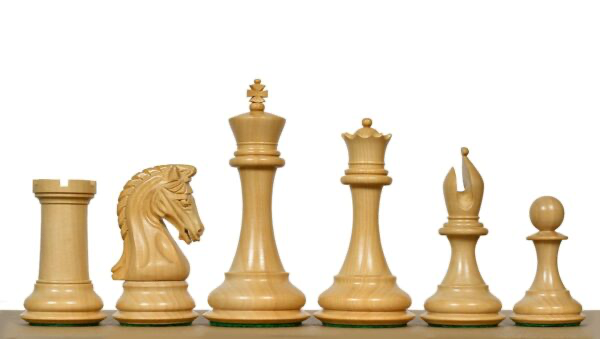
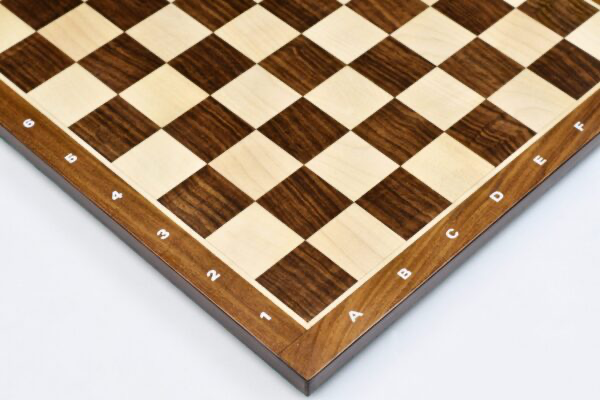
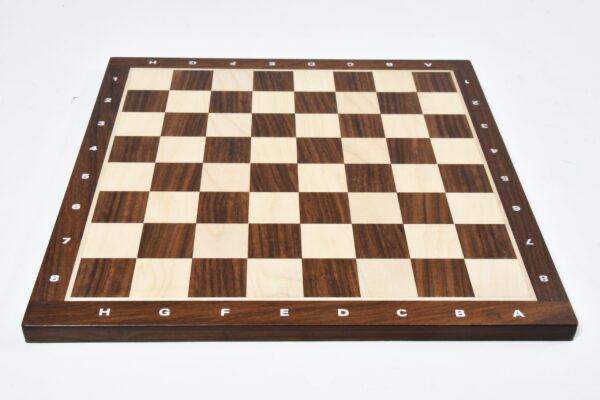
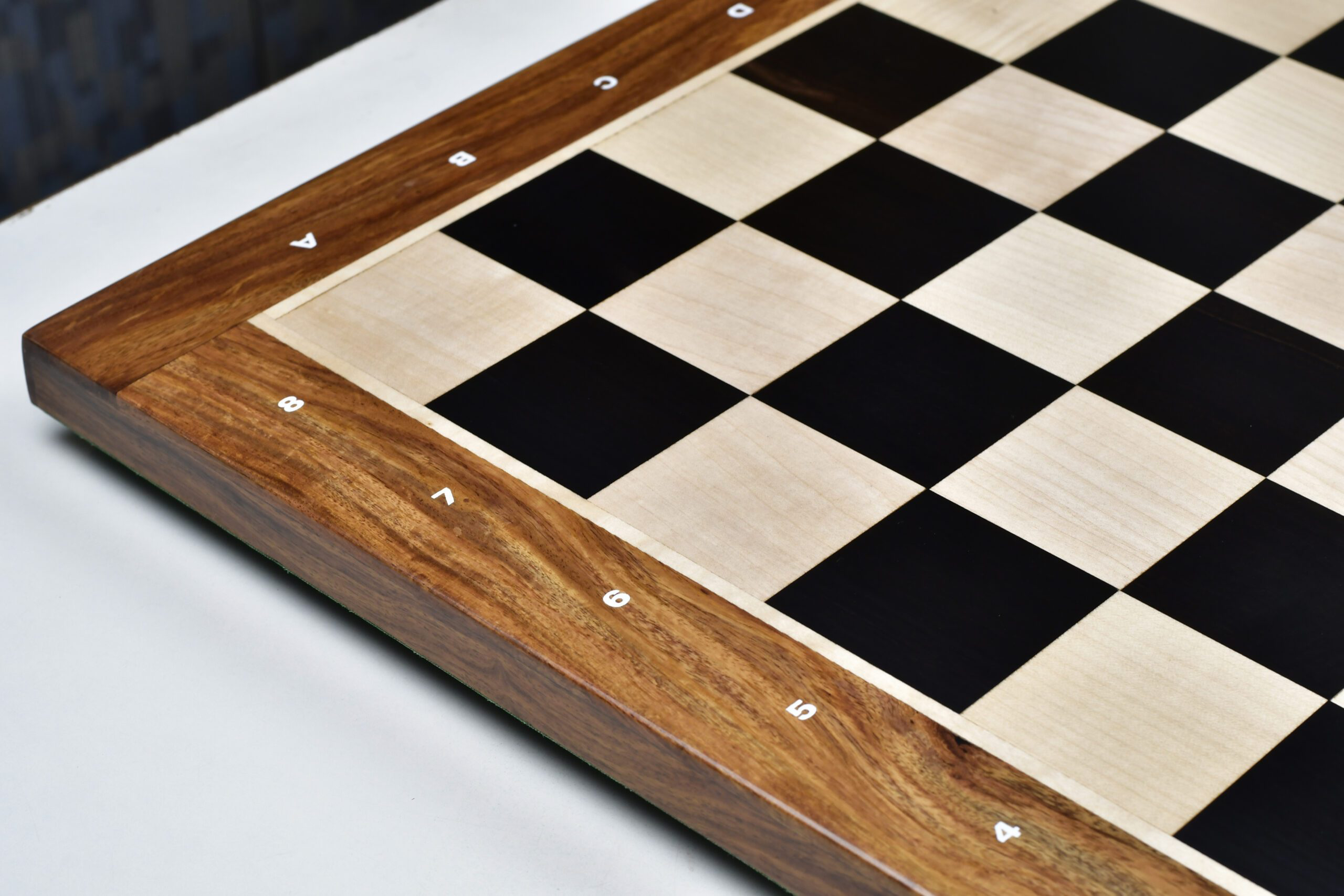
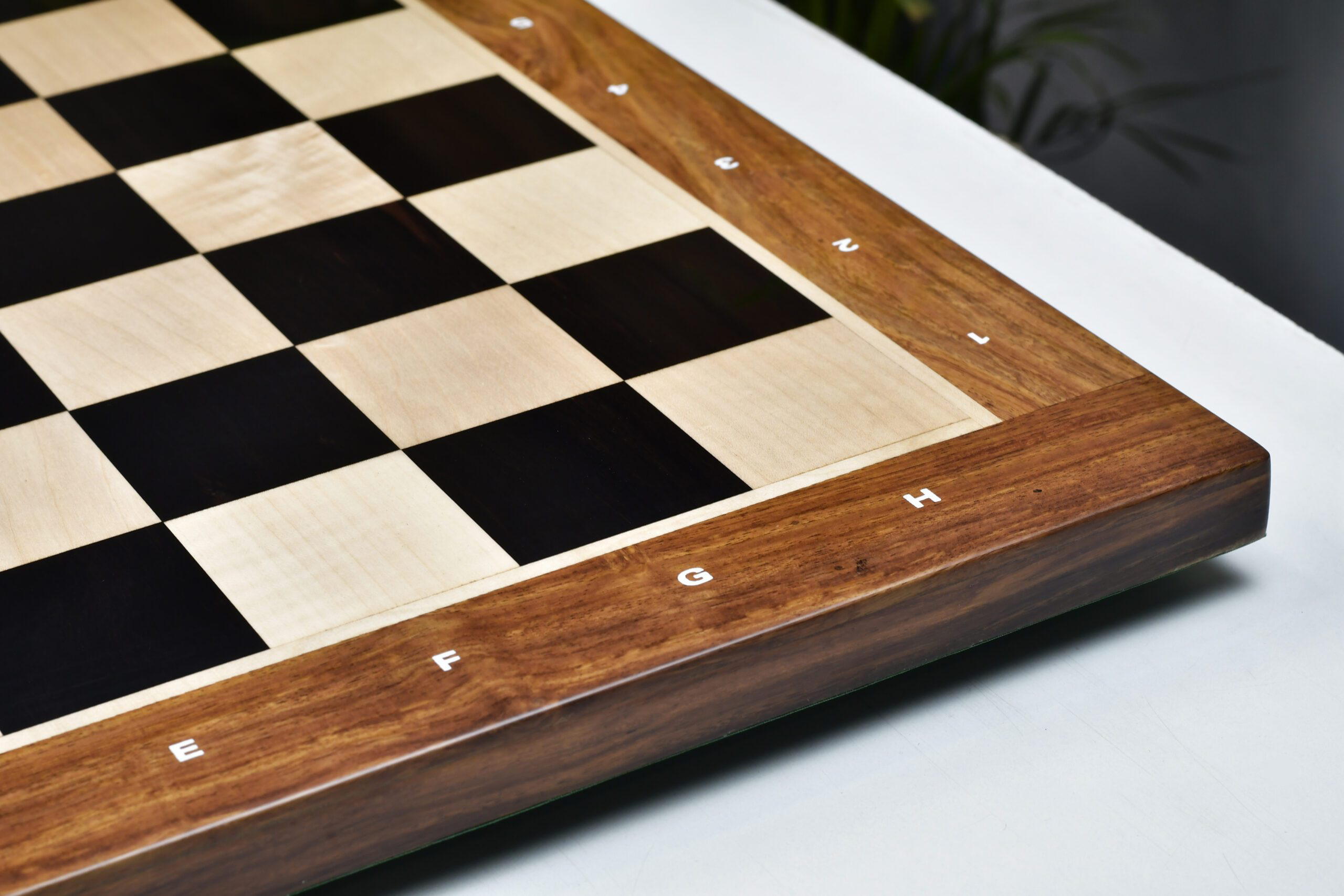


Leave a comment
All comments are moderated before being published.
This site is protected by hCaptcha and the hCaptcha Privacy Policy and Terms of Service apply.